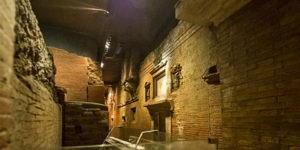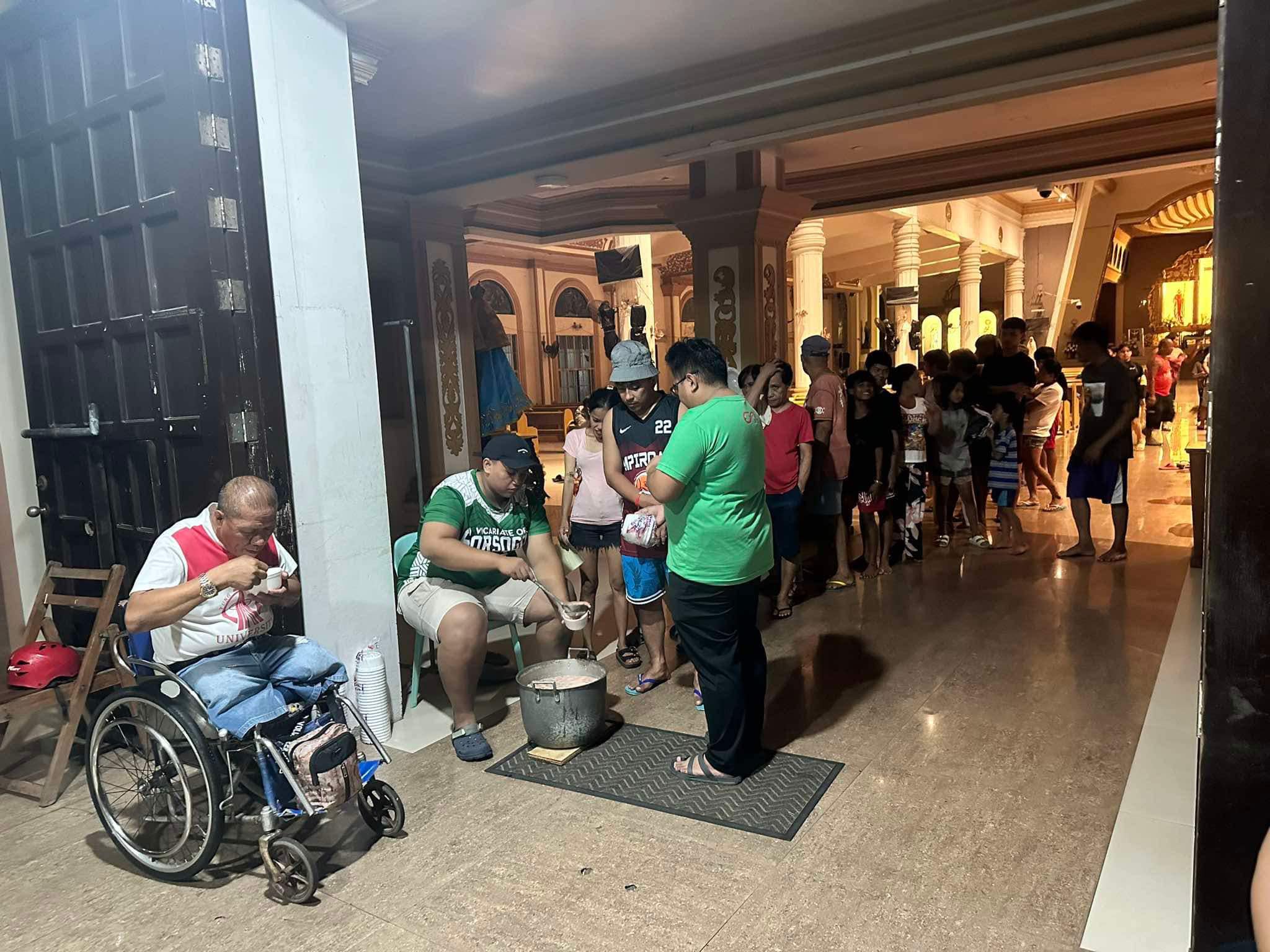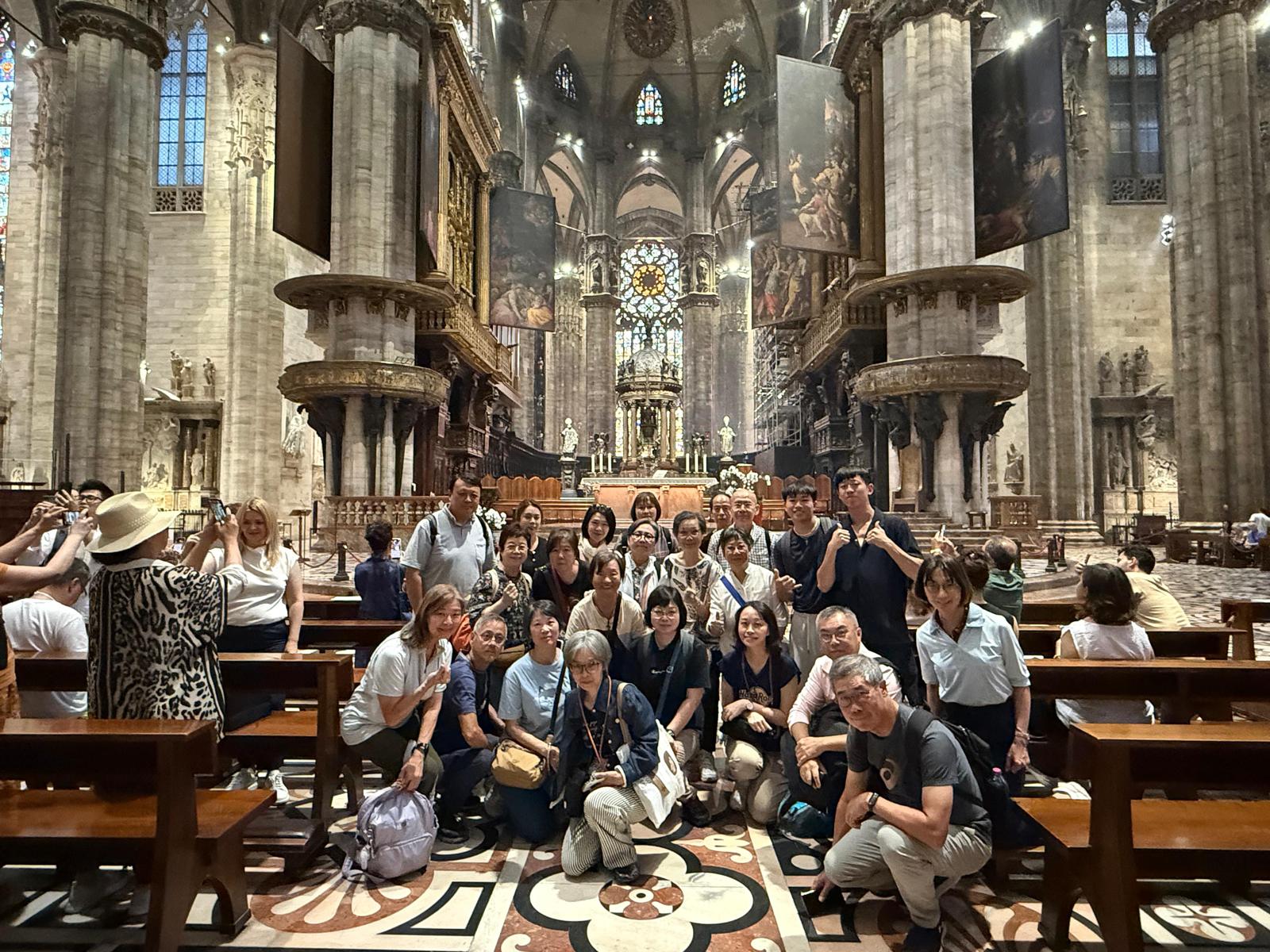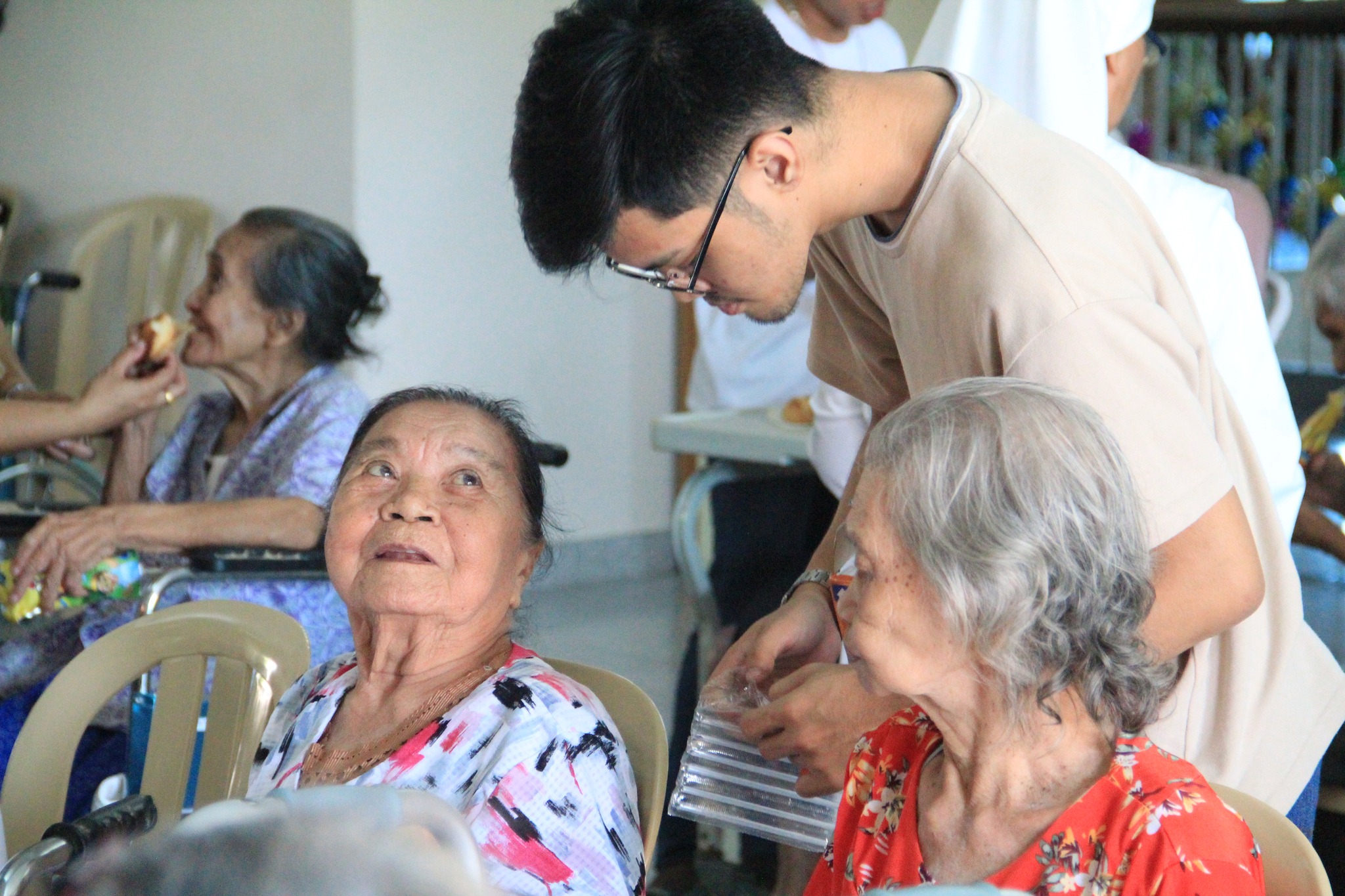– José Maria C.S. André
Unexpectedly (June 29), Pope Francis offered Patriarch Bartholomew, of Constantinople, nine bony fragments two thousand years old, from a tomb located beneath St Peter’s basilica.
The tomb can be visited, although the application must be submitted several months in advance. We enter through a small door on the outer wall of the basilica, in front of the Pope’s house. The door is small, but any Swiss guard knows where it is. Down a few steps, down a corridor and we get into the realm of silence. The ground is natural rock, volcanic tuff of Rome; the ceiling is the under face of the floor of the crypt of the basilica. It is an old Roman graveyard, with its network of streets between the deposits. Two thousand years ago, instead of the ceiling, one would see the sky above.
The fortunate one who can get into that little door should take plenty of time to ramble through the graveyard and should go preferably with an archaeologist who knows well the place.
To the left and to the right we see tombs, some of them with a size according to the rank of the empire’s capital, with shelves containing small amphorae, small flasks, with the ashes of the deceased of the family, as was the tradition of the pagans. Only the Jews buried the bodies without cremation, as a sign of respect for the body and as a symbol of the future resurrection. Walking through the graveyard, the main pathway climbs smoothly up the hill. As we progress, the graveyard becomes more and more crowded, and disorganized, and the archaeologist tells us the story. Look up at this deposit. Here are the ashes of the ancestors, dedicated to various deities, until, at a certain moment, instead of an amphora, this larger box appears with a prayer to Christ, and from then on there are no more amphorae. We deduce on what date the family converted. That graveyard is a living document of the conversions, because one can follow the genealogy of the families, the intermarriages and the friendships. And sometimes the glorious seal of martyrdom suffered by faith.
The alleyway is more and more tortuous and the graveyard more and more untidy, because the families that converted received strangers in their deposits. The accumulation grows and the bodies invade the streets. Why did people want to be buried “right there” ?!
The case that seems most peculiar to me is a woman’s body, out of place, without the protection of a ceiling, at a short distance from the focus of this graveyard. I hear the account of what happened. The Emperor dared what only an emperor could dare, to desecrate a Roman necropolis (a crime subject to the death penalty!) to build a church over it, centered on that focus of attraction, that revolutionized and muddled the graveyard. By imperial order, army units occupied the hill and only allowed the workers into the construction site. During the work of filling the graveyard with earth, to flatten the ground, the wife of a worker died and this man persuaded the soldiers to let him put her body there, at the last moment.
The long history of the basilica overlaid construction over construction, covering up the oldest works. To find out what lay beneath, there were documents stating that the remotest origin was a small cubicle, with the remains of St Peter, martyred in the circus of Nero, in the valley near the Vatican hill. How would this cubicle exactly be, and the little porch, the red wall, and its buttress?
Shortly after Pius XII was elected, in 1939, the diggings began till the level of the original rock. The graveyard was unearthed, more and more confused towards the vertical axis of the dome of St Peter’s basilica, which is the vertical axis of the papal altar, which is the vertical axis of all successive altars that are all strictly aligned by that exact vertical axis on which everything converges. There, inside a cubicle, under a small porch, next to a red wall with a buttress, were bones wrapped in purple and golden cloth, the Emperor’s insignia-colors. There were fragments of all the bones of a single individual, an elder of Jewish race, without the bones of the feet.
The erudite monsignors who supervised the excavations did not know enough to realize what they had found. It was the young archeologist, Margherita Guarducci, who deciphered the graffiti of the walls and understood. Among the phrases, handwritten on the wall, with invocations to Christ, one of them stated in Greek, “Peter is here.”
There were no bones of the feet probably because he was crucified upside down and his feet were cut off when the corpse was removed. It was this body, without feet, that the early Christians buried with devotion, in the very place where the ancient texts said it had been placed. From there came nine fragments of this body of Peter that Francis offered to the Patriarch of Constantinople.
May Peter, the “Rock”, as Jesus called him, grant us the unity of the Church.


 Follow
Follow


